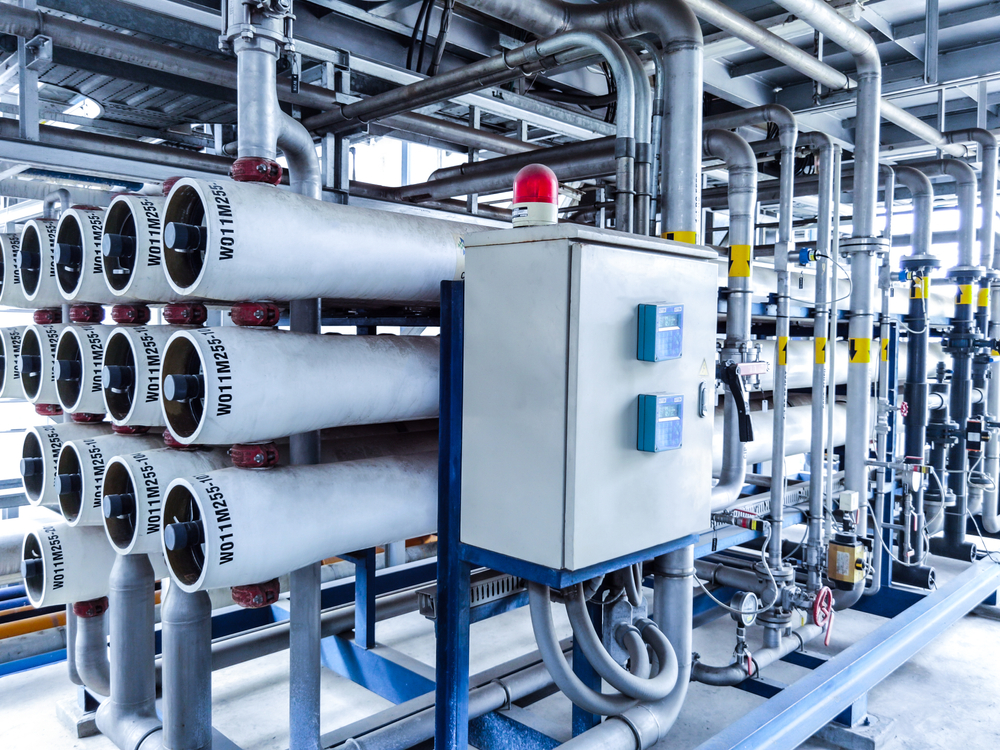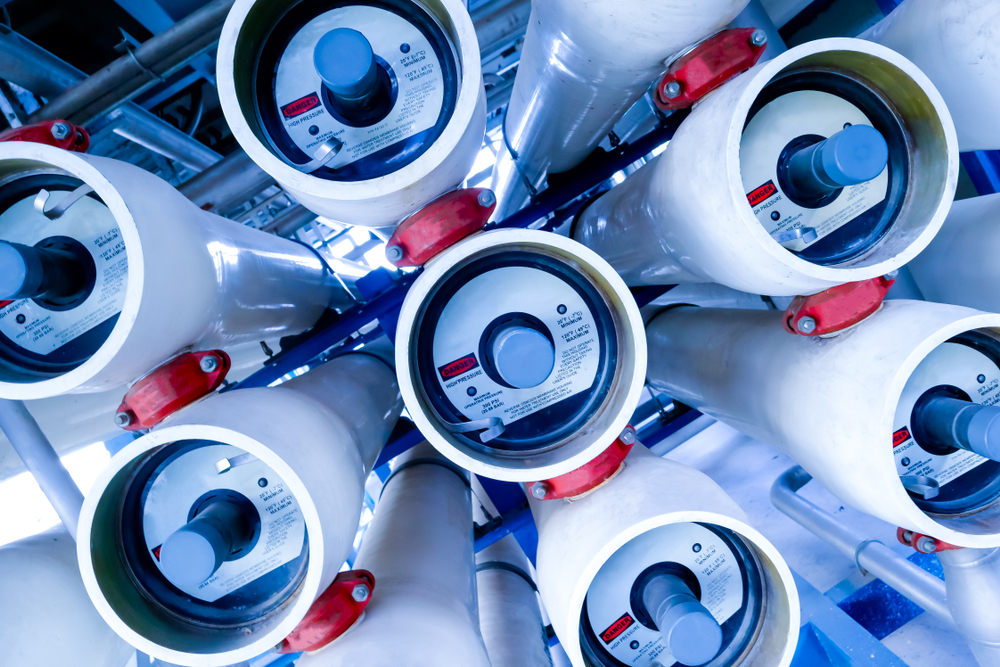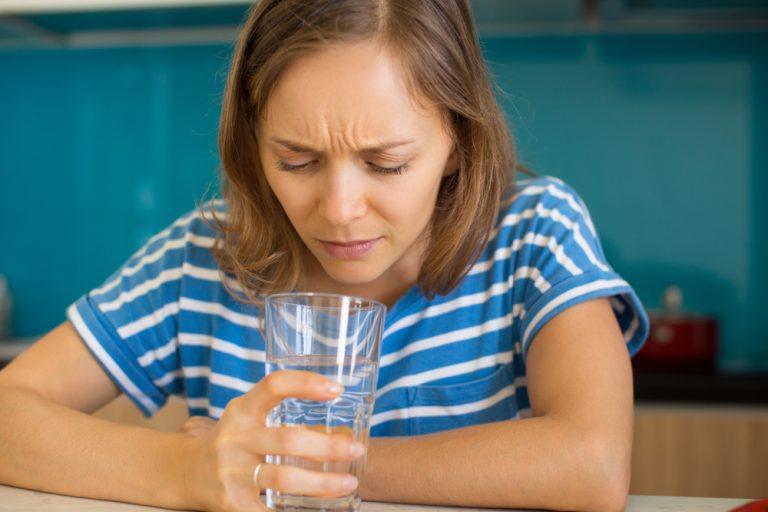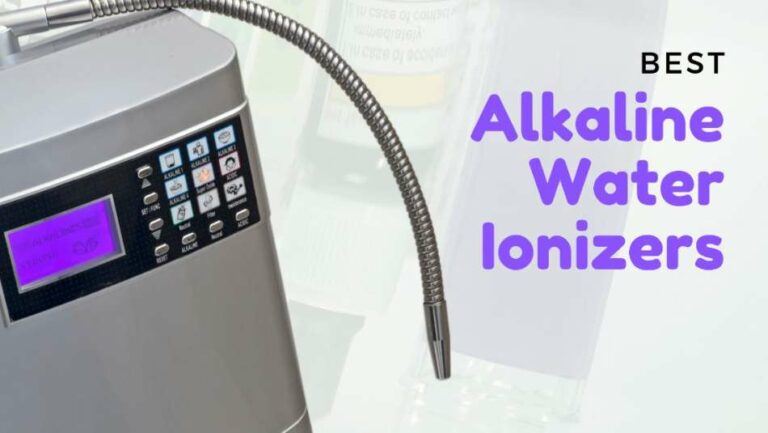What Is The Best RO Membrane?
Are you planning to purchase a reverse osmosis system but need to know what type of reverse osmosis (RO) membrane to use? Good because we’re going to help you find the best RO membrane for your needs. Here’s what they are.
There are two types of reverse osmosis (RO) membranes. There is the brackish water RO membrane and the seawater RO membrane. These RO membranes have different water qualities, filtering capabilities, and applications. Both of these are the best RO membranes depending on the water being purified.
What Is A Reverse Osmosis Or RO?
Reverse osmosis is a process of purifying water where the total dissolved solids are removed by filtration. Ordinary water is forced to pass through the water filter with a certain pressure, producing high-quality water. The water filter used in a reverse osmosis system is called an RO membrane.
What Is An RO Membrane?

The RO membrane is composed of three layers of microporous thin film composite layers. They are the polyester support layer, the polysulfone interlayer, and the thick polyamide top layer. These layers are wound around a perforated permeate pipe to form an RO membrane. The RO membranes are then placed inside a tube called a pressure vessel. Now, the reverse osmosis system is complete and ready to purify any type of water.
What Are The Types Of RO Membranes?
The quality of water is measured by its Total Dissolved Solids (TDS) contents. The lower the TDS, the purer the water. Water is then classified according to its TDS concentration. These classifications are so-called freshwater, brackish water, and seawater.
RO membranes are scientifically designed to filter water with different TDS concentrations. A brackish water membrane for low TDS contents and a seawater membrane for high TDS contents are the types of RO membranes that have been developed by the water treatment industries.
Brackish Water Membrane
A brackish water membrane is designed to filter out water with a TDS level ranging from 1,000 to 10,000 milligrams per liter. The osmotic pressure is around 200 psi or more depending on the high-pressure pump used. The product water produced has a quality of 100 to 500 milligrams per liter TDS level. This quality is acceptable as drinking water.
Brackish water membranes are commonly used for commercial and household applications. They are supplied in different sizes and filtering capabilities. For commercial applications such as restaurants, hotels, water stations, and business establishments, they use eight inches of low energy, high water output, and high recovery brackish water membranes. Households or other residences use four inches of low energy, low water output, and high recovery type of brackish water membranes.
Seawater Membrane
TDS levels from 10,000 mg/L up to 25,000 mg/L can be filtered out by using seawater membranes. The osmotic pressure ranges from 300 psi to 600 psi. The higher the TDS level, the higher the pressure needed to push the dissolved solids through the semi-permeable membranes. Seawater membranes can produce water quality at around 100 – 500 mg/L.
From a high TDS concentration of 25,000 mg/L to a very low TDS concentration of 100 – 500 mg/L, seawater membranes are very effective in removing water contaminants up to 99%. These membranes are commonly used by some companies and industries that require very high-quality purified water. An 8-inch seawater membrane with low energy, high flow rate, and high salt rejection is being supplied to these industries.
Factors To Consider In Choosing RO Membrane
In choosing the right RO membrane, it is very imperative to consider these factors.
Let’s start with the water source.
Water Source
The water source may come from well water, tap water, spring water, or seawater. Remember that different water sources have different TDS levels. If your water source is from seawater, choose seawater membranes. And if your water source is from brackish water, you should choose brackish water membranes.
Water Quality
You should also know the quality of the water you intend to use. If it is for drinking purposes a TDS of 500 mg/L is better, but for sensitive industrial or machine applications, a TDS of 100 mg/L or lower is required. If you need high-purity water, you should aim for a TDS of 10 mg/L.
Water Consumption
Estimating your total water consumption will be a very big help in determining the membrane to use. How much water do you need per day? It should be in gallons per day or cubic meters per hour. RO membranes have their specific water flow rate. The number of RO membranes will depend on the amount of water required per day.
In Conclusion: What Is The Best RO Membrane?
Brackish water membranes and seawater membranes are both the best RO membranes in the water treatment market today. Always remember that no matter which RO membrane you choose, don’t forget to consult a water filter specialist. They would be glad to assist and guide you with all of your queries related to water filters.
So, which RO membrane will be best for your needs? Let us know in the comments below!





